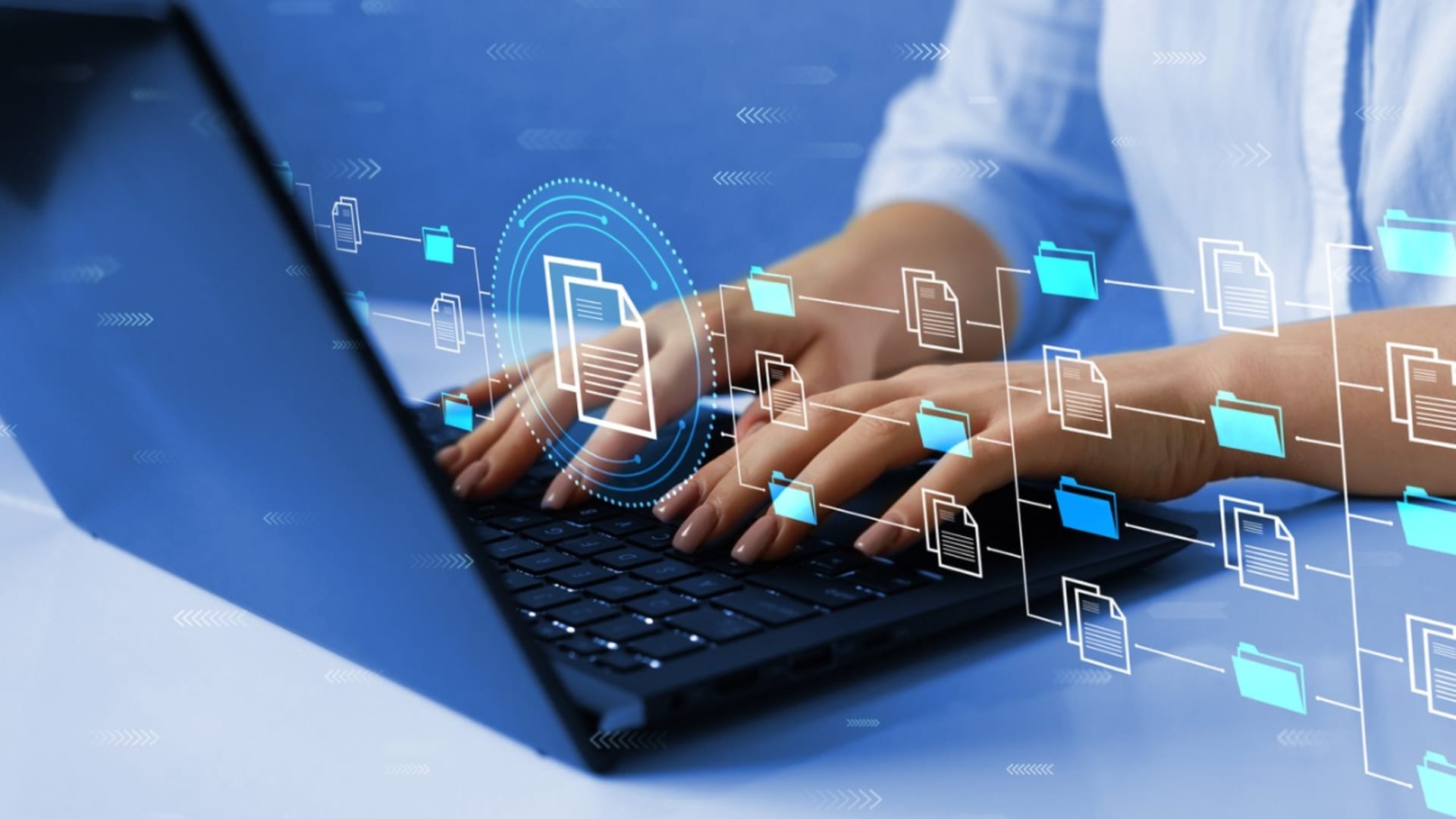Database Development Services
Access the top 1% of LATAM tech talent within 2 weeks. Build secure databases for storing, retrieving, and using multimedia content.
500+ companies rely on our top 1% tech talent.
Database Development Services We Provide
Custom Database Development
We've helped clients across 100+ industry sectors. In many cases, out-of-the-box solutions don't meet their needs. That's when bespoke design is necessary.
Custom database development solutions are ideal for businesses that find off-the-shelf software too limited. Our SQL and database experts have extensive expertise in crafting and adapting unique software and will work with you to meet your requirements.
Database Design and Architecture
Database architecture plays an important role in data access speed and security. With modeling tools and techniques, we'll design an organized database with a logical format and structure.
When devising the architecture and design, we focus on performance, security, and data integrity. We also design your database to comply with regulations in your industry.
Distributed Database Solutions
Global enterprises need a database system that's dependable and accessible from locations all over the world. Distributed databases are a reliable solution.
These databases are seamlessly interconnected across a network spanning multiple machines. They maintain continuous accessibility and offer robust data backup capabilities in the event of an individual component failure. We build geographically distributed databases that remain functional and performant in various environments and scenarios.
Database Integration
Data consistency. Improved business intelligence. Real-time access. Database integration combines data from different sources into a single dataset, allowing businesses to streamline operations.
Our data integration process involves data mapping and cleaning, ETL procedures, and testing to facilitate better data management and operational efficiency.
Database Migration
Today's businesses grapple with enormous amounts of data of different sizes and formats. Migrations are often necessary, particularly when you're changing systems, vendors, formats, or platforms.
With specialized tools like AWS DMS or Azure Database Migration Service, we conduct large-scale migrations. This can be risky, so we always perform proper backups, planning, and testing to safeguard your data, no matter the complexity or scale of your migration. That way, we can modernize and improve the performance of your systems.
Data Warehouse Solutions
If you need to streamline your analysis and reporting across disparate data sources within the organization, data warehouses are the solution. Essentially a vast data library, a data warehouse houses and centralizes data that all teams can access.
We use various ETL, database management, data modeling, compliance, and business intelligence tools to construct scalable data warehouse software solutions that offer clean, retrievable data.
Cloud Database Development
Cloud databases are more flexible and often more cost-effective than traditional, on-premise databases. Hosted on platforms like AWS, Azure, or GCP, they typically take less time to deploy as well.
We employ standard and cloud-specific practices and tools for migration, security, and optimization to build DBaaS or self-hosted solutions.
Azlo case study
"The engineers from BairesDev were tremendous. We needed to clean up our data and tighten up our flows. They basically built a new service from scratch, working with our data services team to track down all our transactions, build pipelines, and migrate our data to an SQL database."----Azlo

Key Facts About Outsourcing Database Development
Best Practices for Database Development
By following best practices in database development, you can build secure, well-optimized database systems. We adhere to the following processes to maintain data integrity and create a performant solution.
These are the principles we follow to create a strategy for building a database tailored to your requirements.
Have a clear understanding of the project's demands to ensure the database meets business requirements related to data storage, data access patterns, and scalability.
We use normalization techniques to confirm data integrity and eliminate redundancies, creating a structured data model for the database.
Consider your data characteristics and the goals of your solution to choose among types like NoSQL and relational.
Development is an iterative and ongoing process. Here's how we build your database.
Using check, foreign key, and unique constraints, we uphold data validation rules to maintain data accuracy.
We create efficient SQL queries with indexes and continue to optimize query performance with database profiling tools.
Consistent naming conventions for tables, columns, objects, and indexes improve clarity and database maintenance.
We document database design, procedures, and relationships to streamline maintenance and future development efforts.
Databases nearly always need to be scaled to accommodate new datasets. When building the system, it's important to keep both horizontal and vertical scaling in mind.
We track changes and collaborate more effectively by using version control systems, which maintain a history of alterations.
We continue to monitor performance using dashboards and other tools. We resolve any performance issues through indexing and query optimization.
We repeatedly test and evaluate your databases to ensure that we deliver only the highest-quality solutions.
We create a testing strategy encompassing unit, performance, integration, and security tests.
Our disaster recovery plan includes backup and recovery procedures, failover mechanisms, and high-availability configurations to allow you to restore your data and enable business continuity.
Your database management strategy includes the implementation of strong security measures, including user authentication and data encryption.
We prevent databases from becoming unwieldy with data archiving and purging strategies.
Why Choose BairesDev for Database Development

Customized Databases
Many businesses need custom database solutions. Perhaps you want a CRM system with specific data reporting features or a research database that accommodates nontraditional data formats. With our custom database development services, we tailor the development strategy to you. We choose the team members, technologies, and methodologies on a case-by-case basis to build a unique solution.
Top 1% of Database Engineers
We rigorously assess all candidates and hire only the top 1% of tech talent. Our database engineers are experts in building robust solutions. They not only have strong technical expertise but also important soft skills like communication, collaboration, problem-solving, and critical thinking.
Flexible Engagement Models
Choose among our staff augmentation, dedicated teams, and end-to-end software outsourcing models. Whether you need one database engineer or an entire team, we can provide the expertise you need.
Our process. Simple, seamless, streamlined.
We'll discuss your database design and architecture. We'll also determine how your development needs align with your business goals. From there, we will craft a plan for building a solution that meets these objectives.
We finalize a development and design plan, including choosing the right team members and technologies. We'll establish procedures and documentation guidelines to help facilitate fast onboarding and smooth collaboration with your in-house team.
Our database developers and tech professionals will start working on your solution. We'll maintain open communication and set up checkpoints to keep you apprised of progress. We can always scale your engagement as needed.
Frequently Asked Questions (FAQ)
Database application development is the process of designing and developing database systems and software. Databases store and present information that users can access and manipulate for different purposes.
The main types of databases include relational, NoSQL, cloud, distributed, in-memory, time-series, newSQL, multimodal, and object-oriented databases. Each of these types is suitable for different forms of data or takes a different approach to storage and retrieval.
Data warehouses and databases are both important for data storage but differ in purpose and presentation. A database maintains and stores data for in-house purposes related to daily operations. A data warehouse gathers together data from different sources that is primarily used to inform business intelligence activities and decision-making.
How Businesses Can Overcome the Software Development Shortage
BairesDev Ranked as one of the Fastest-Growing Companies in the US by Inc. 5000

See how we can help.Schedule a Call









